History
It took almost four hundred years and the teamwork of hundreds of qualified architects, engineers, plasterers, painters and cabinetmakers, who in succession over the centuries have given rise to the extraordinary transformation of Isola bella from a rock lapped by the waters of the lake into a place of delights.
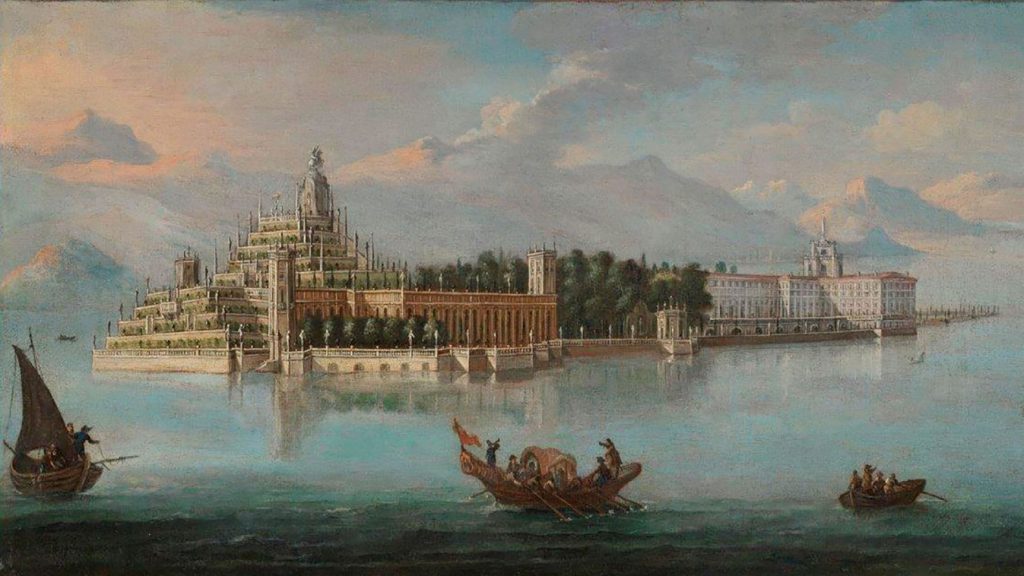
Until 1630 Isola Bella was a rock inhabited by fishermen, with two small churches and a few vegetable gardens. The Borromeos, who had already been owners of Isola Madre since 1501, from the first two decades of the 17th century with Giulio Caesar III and Carlo III focused their interest on the island, launching the grandiose project that was to lead to the creation of the palazzo and the garden.
This aim was to be carried forward, extended and defined by Vitaliano VI, who is to all intents and purposes considered the founder of Isola Bella. The work that resulted in the current layout continued without interruption throughout the 18th and 19th centuries, arriving at 1948, when, with Vitaliano IX Borromeo, the Salone Nuovo, the northern façade and the great pier were built.
What to see
Palazzo Borromeo
A treasure chest of Baroque art suspended over the water
A princely Baroque dwelling that has been continually transformed over the centuries, from the start of the building work in the mid-17th century at the wishes of Vitaliano VI to the creation of the Salone Nuovo [New Room] in the years of the post war period with Vitaliano X.
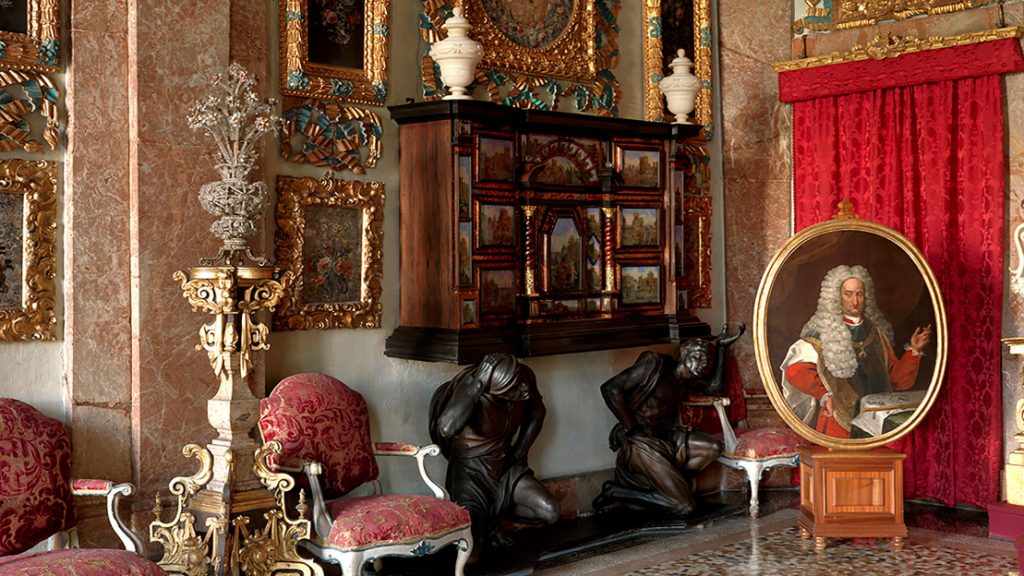
A fascinating itinerary between art and history accompanies you through its over 20 rooms, the most significant of which are the Sala del Trono [Throne Room], the Sala delle Regine [Queens’ Room], the Sala di Napoleone [Napoleon’s Room] -where the French general slept during his stay on the island – and the room with the splendid Flemish silk and gold tapestries. Then there are the truly unique Galleria Berthier and the grottoes.
For history lovers, a fundamental place to visit is the Sala della Musica [Music Room], where the Conference of Stresa was held in April 1935.
Marble, stucco, tapestries and paintings
Baroque at its most astonishing
The Galleria Berthier
The heart of Palazzo Borromeo, the Galleria Berthier is a mosaic of over 130 paintings including masterpieces, top-level artworks and, following a practise that is recurrent in other noble collections of the period, a number of copies of the great masters of the past of the calibre of Raphael, Correggio, Titian and Guido Reni.
The Grottoes
Pebbles and fragments of tufa, stucco and marble decorate the six grottoes created at the wishes of Vitaliano VI Borromeo to amaze his guests and protect them from the summer heat. A unique and very striking project that seems to transport you into a magical marine world.

c. 1521/22, oil on panel
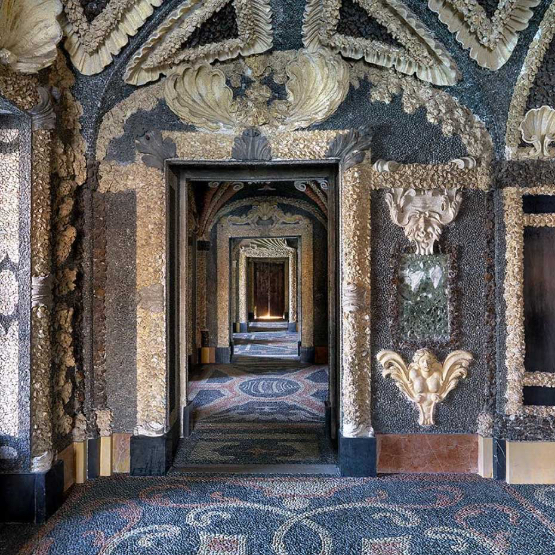
What to see
The Italian-style garden
Ten terraces bursting with a different colour at every flowering time
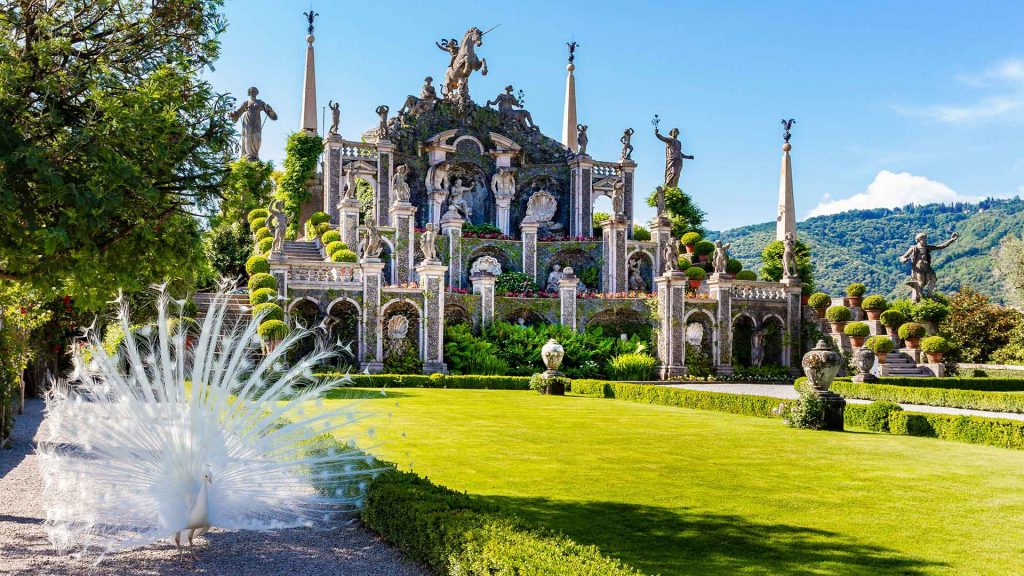
The Baroque Italian-style garden of Isola Bella is famous all over the world; it is a place where statues and architectural decorations are alternated with geometries and precious plants.
Acting as a screen is a large camphor tree that has welcomed visitors for two hundred years now. Obelisks and fountains take visitors by surprise around every corner as they walk along the avenues of the garden, where they can climb up to the grand terrace, the island’s true control station, from where they can admire Lago Maggiore stretching out before them and the enchantment of this treasure chest forged by man.
For decades the skilled hands of the gardeners have taken care of the botanical heritage, conserving its enchanted beauty against the ravages of time.
The sculptural structure originally called Teatro Massimo is the most important monument in the garden. Most of its statues are by Milanese sculptor Carlo Simonetta and date back to the decade between 1667 and 1677. At its high point, between the personifications of Art and Nature, looms the statue of the Unicorn, the heraldic symbol of the Borromeo family, being ridden by a cherub representing “Honour”, or, according to other versions, “Love”. On the lower floors, the statues symbolise the Verbano (Lago Maggiore), and, lower down, the Rivers Ticino and Po. On the sides of the exedras stand four obelisks with statues representing the primary elements: air, water, earth and fire. Facing the monument two rectangular parterres stretch before you, where white peacocks roam free.
On the opposite side of the Theatre, the garden of love is composed of boxwood hedges creating a green embroidery that is visible from the terraces above, accentuated by the four yew trees. Espaliers and large vases of citrus fruit complete the decorations in this area. If you stand with your back to the lake, you can admire the terraces with the statues of the four seasons.
Finally, the Serra Elisa, created in the early 19th century as a winter garden and today a micro environment that welcomes exotic plants and botanical rarities.
Since 2002 the gardens of Isola Bella, along with those of Isola Madre, have been part of the prestigious Royal Horticultural Society.
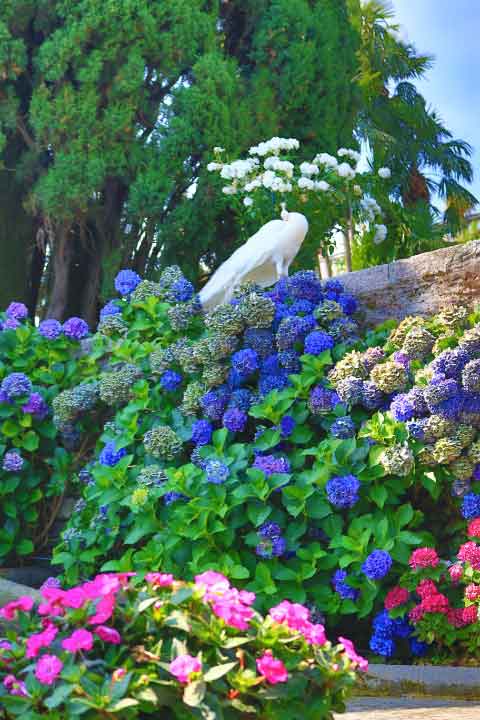
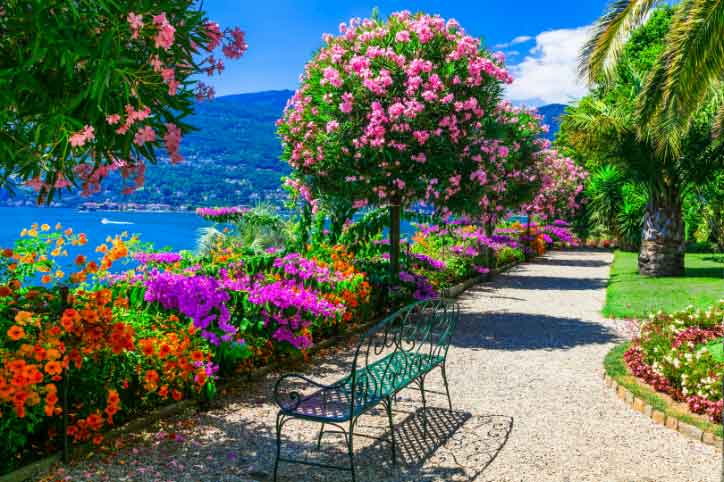
What to see
Vitaliano VI. The invention of Isola Bella
EXHIBITION
Until 1st November, 2020
Curated by Alessandro Morandotti and Mauro Natale
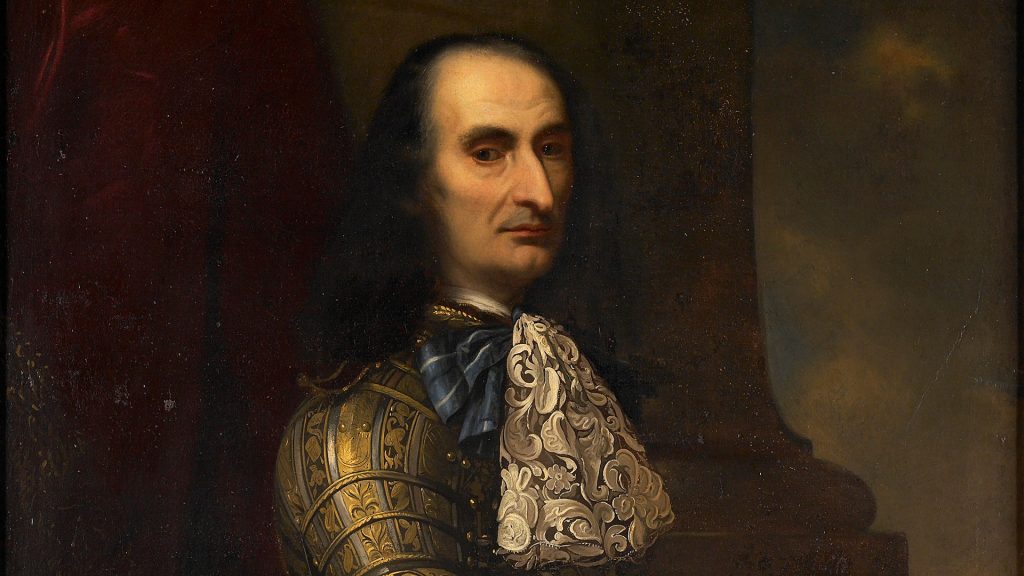
An exhibition dedicated to its founder
400 years from the birth of Vitaliano VI and in the year of Piedmontese Baroque, this exhibition looks back over his life, and above all his work – the vessel that emerges from the waters of Lago Maggiore – still a source of admiration and amazement today to visitors from all over the world.
Staged in the grand hall completed by his descendant of the same name Vitaliano IX in 1956, in its first section the exhibition looks back over the main phases in the life of Vitaliano VI, the real author of the renewed good fortune of the family in the second half of the 17th century, through painted portraits, sculptures, medals and documents – including also the project of the Palace and the Gardens of Isola Bella – some never exhibited to the public previously.
Useful info
Hours
The Palace and the Gardens of Isola Bella open every day until November 1st
from 9am to 5.30pm – last entry.
Closures: Palace 6pm | Gardens 6.15pm
Tickets
We recommend to purchase the tickets online in order to avoid queues at the ticket-office. In addition to entrance, it is possible to buy online transportation by motorboat from Stresa to the Borromean Islands (Isola Bella, Isola Madre, Isola Pescatori).
Tickets
| Adults Single | Youngs Single | Adults Group | Youngs Group | Baby | |
|---|---|---|---|---|---|
| Isola Bella (Palace and gardens) | € 17 | € 9 | € 14 | € 7.5 | € 2.0 |
| Isola Bella + Isola Madre | € 24 | € 10,5 | € 20 | € 10 | - |
| Isola Bella + Rocca di Angera | € 21 | € 10,5 | € 17 | € 10 | - |
| Isola Bella + Parco Pallavicino | € 21 | € 10,5 | € 17 | € 10 | € 3 |
| Download the pdf table with all prices | |||||
How to get there
By car
From the Autostrada dei Laghi motorway in the direction of Gravellona Toce, Carpugnino exit, following the signs for Stresa.
It is possible to park in Piazza Marconi in Stresa and from here you can take one of the boats to reach the Isole Borromee.
Alternatively, you can leave your car in the square in Carciano opposite the dock.
By train
Ferrovie dello Stato railway, Milan-Sempione line, Stresa stop. The station is around 850 m from Piazza Marconi.
With Ferrovie Nord railway, Milan-Laveno line, Laveno stop.
By bus
VB Arona Milan line: departure from Milan Lampugnano, stop B5.
Or Verbania–Stresa–Malpensa, which requires advance booking.
For info: www.safduemila.com.
By plane
Distance from the principal airports: Turin Caselle 140 km – Milan Malpensa 50 km – Milan Linate 110 km – Bergamo Orio Al Serio 130 km.
FROM DRY LAND TO THE ISLANDS
By ferry
The boats depart from the main locations on the lake.
For further information: Navigazione Lago Maggiore – scheduled passenger service. Also available is a non-scheduled passenger service by motorboat.
In Piazza Marconi in Stresa there is an info point called “BorromeoExperience” with information materials, where you can also purchase and book entrance tickets, guided visits and all the additional services available from Borromeo (travel by motorboat, overnight stays, restaurants, mountain bike hire, etc).
Vademecum Covid
• You are advised to arrive at the locations with a ticket already purchased online via the platform booking.isoleborromee
• In compliance with the safety rules, access to the sites may be limited.
• It is not possible to enter the sites if you have a high temperature (over 37.5°) or other symptoms of influenza and where hazardous conditions exist, such as coming from risk areas or in close contact with persons testing positively for the virus in the last 14 days or coming from abroad in the last 14 days.
• Access is only permitted if you are wearing a mask.
• You are advised to wash your hands frequently; hand sanitising gel dispensers are located at various points inside the sites.
• Always keep a distance of more than one meter from the other visitors and from the sites personnel.
• Luggage storage is not available.
• Inside the Parco Pallavicino, touching the cages, the enclosures and/or the facilities present inside the Park is prohibited. You are also advised not to touch the animals.
We thank you for respecting all the indications on the signs and given by the supervisory personnel.
Terre Borromeo
A story of love, protection and respect that has lasted for six centuries.
Who we areHelpful Tips
Hours
-
Isola Bella
-
Isola Madre
-
ROCCA DI ANGERA
-
PARCO PALLAVICINO
- Buy tickets, guided tours and much more safely and quickly directly online.
How to get
- Terre Borromeo is easily accessible! They are only an hour and a half from Milan and easily reachable from the main airports. Find out how to reach them by car, train and how to book the ferry that will take you to the islands.
What to see
-
Isola Bella
- Palazzo Borromeo +
- The Italian-style garden +
-
Isola Madre
- Palazzo Borromeo +
- The English-style garden +
-
Rocca di Angera
- The Historic Rooms +
- The Museum of Dolls and Toys +
- Ala Scaligera +
-
Parco Pallavicino
- The fauna +
- The flora +
-
Parco del Mottarone
- Mottarone Adventure Park +
- Bar Stazione +
- Rifugio Genziana +


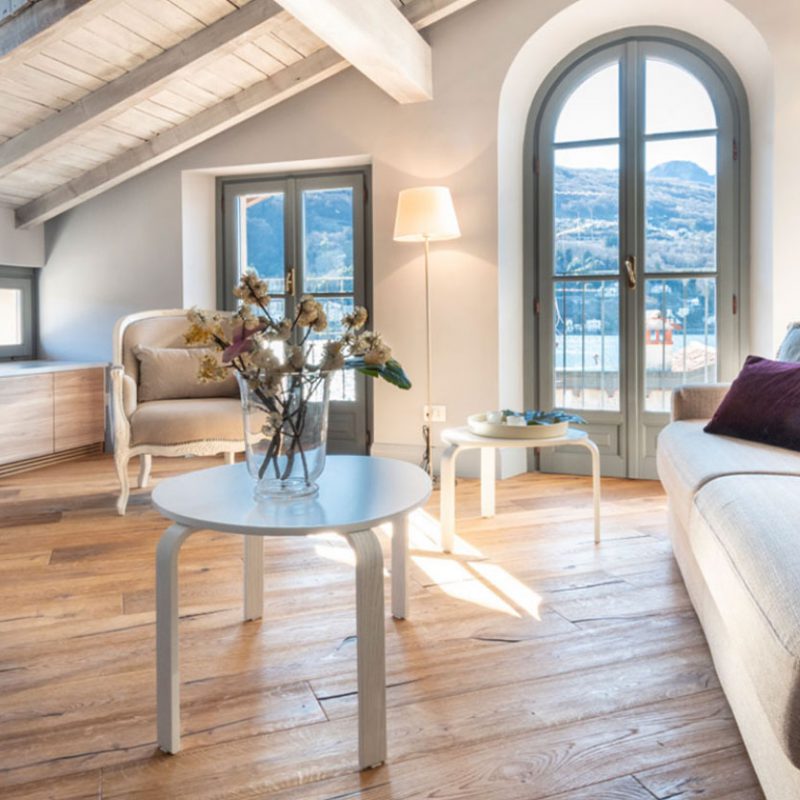
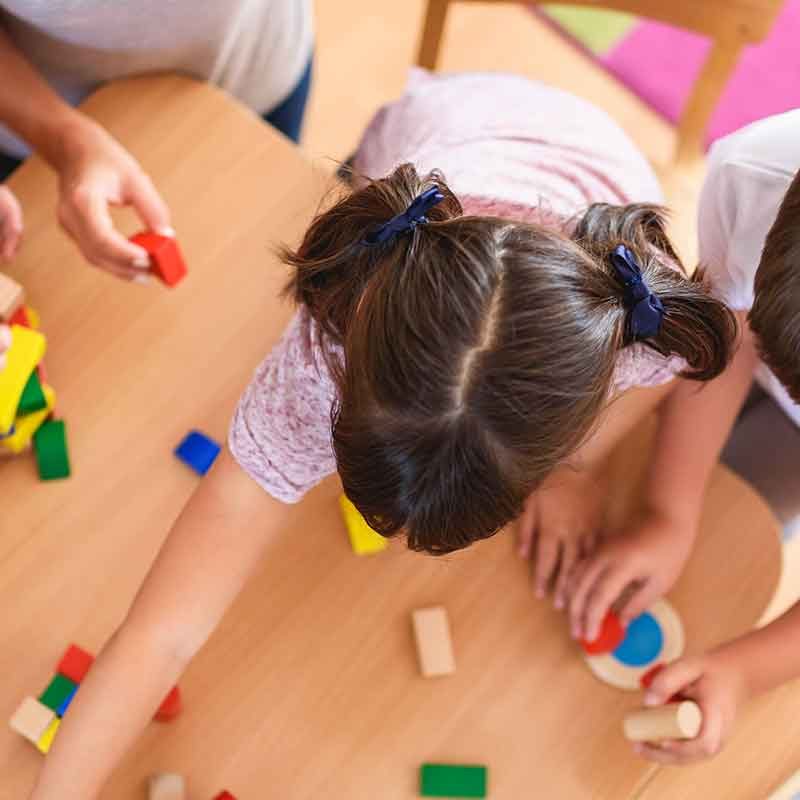
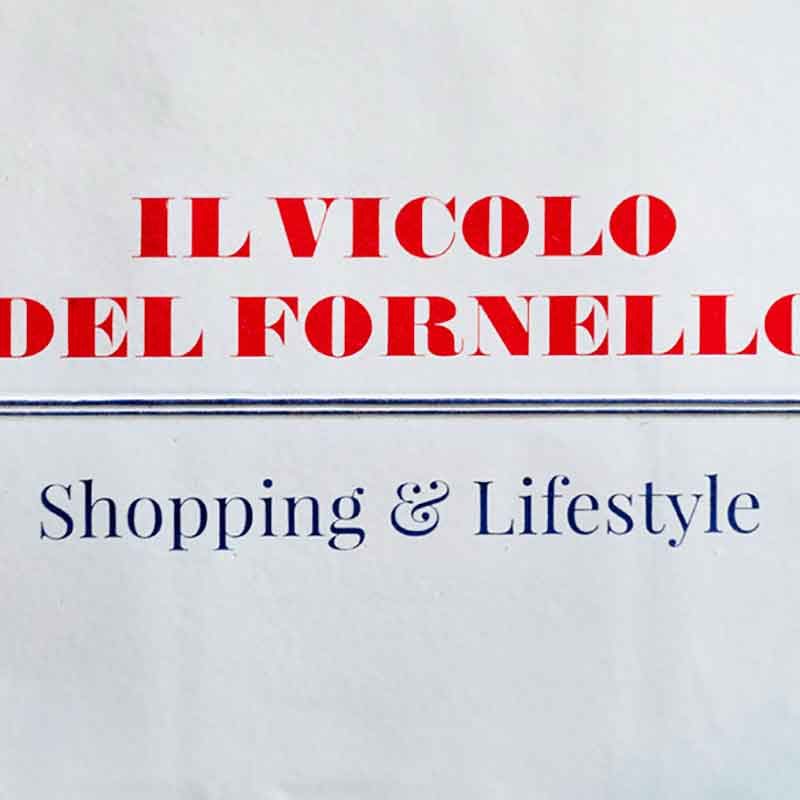
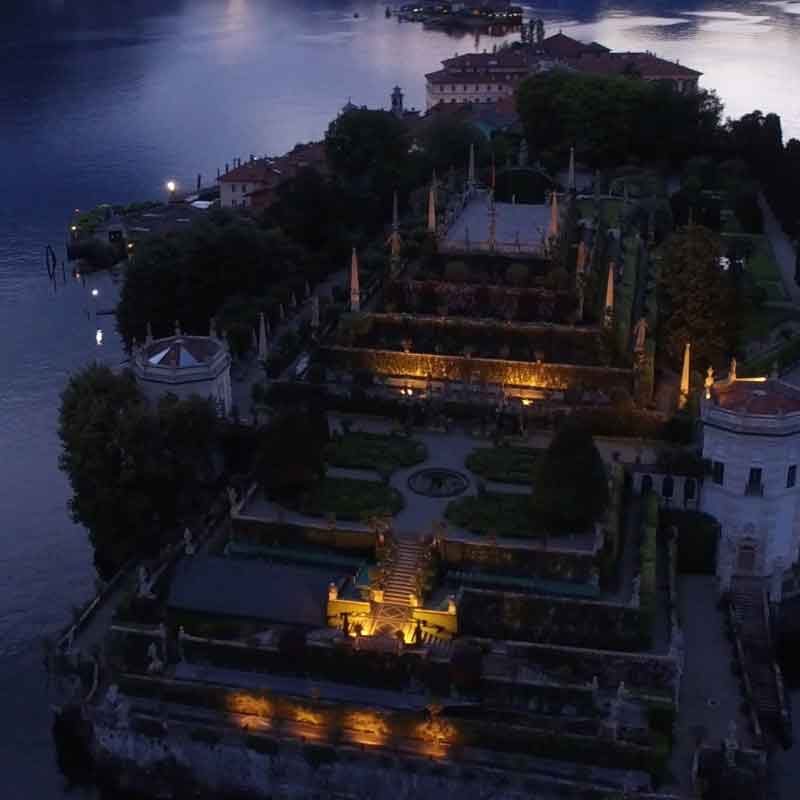
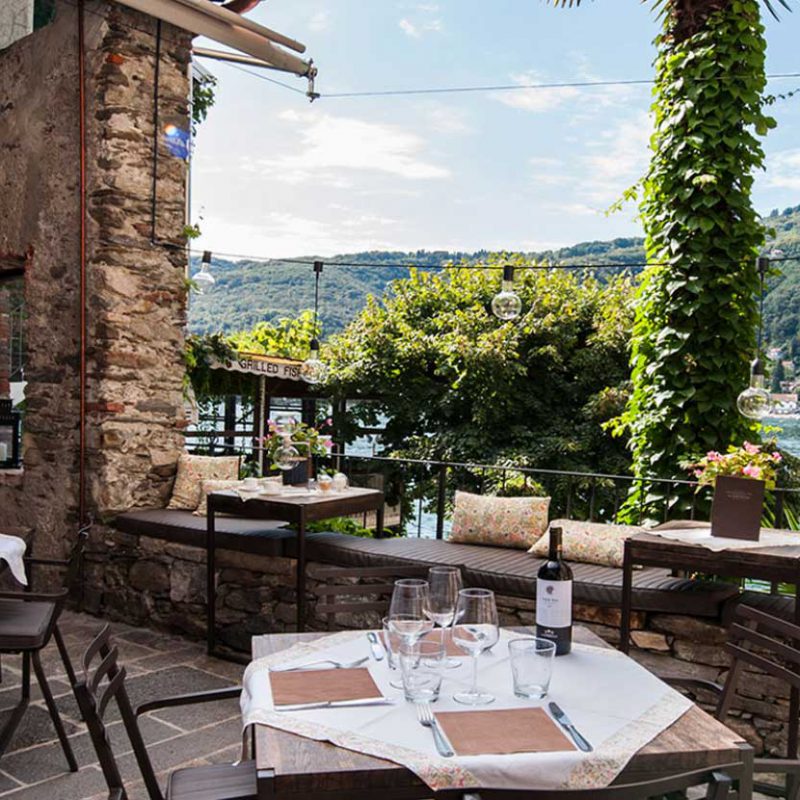
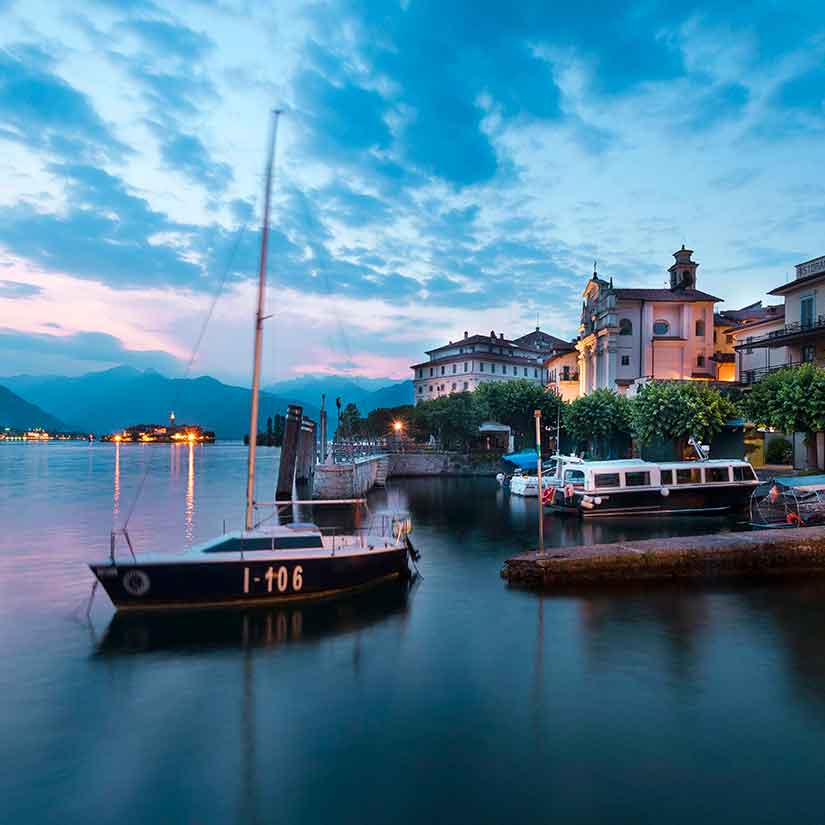






![Le previsioni per il prossimo weekend danno bel tempo!
.
Programmate una giornata all'Isola Bella: dopo la visita di Palazzo Borromeo con i suoi giardini, la terrazza del bistrot Fornello Bottega con Cucina è quello che ci vuole per un pranzo open-air vista lago, a base di prelibatezze italiane.
.
.
.
The weather forecast for next weekend is looking good!
.
It’s time to plan your day at Isola Bella. After visiting Palazzo Borromeo [Borromeo Palace] with its gardens; the terrace of the Fornello Bottega bistro and kitchen is the perfect place for an open-air lunch overlooking the lake. Here you can sample a range of Italian delicacies.
#terreborromeo #lakemaggiore #lagomaggiore #borromeoexperience #stresa #isolabella #gourmet #italianrestaurant](https://borromee.vivastaging.com/wp-content/plugins/instagram-feed-pro/img/placeholder.png)